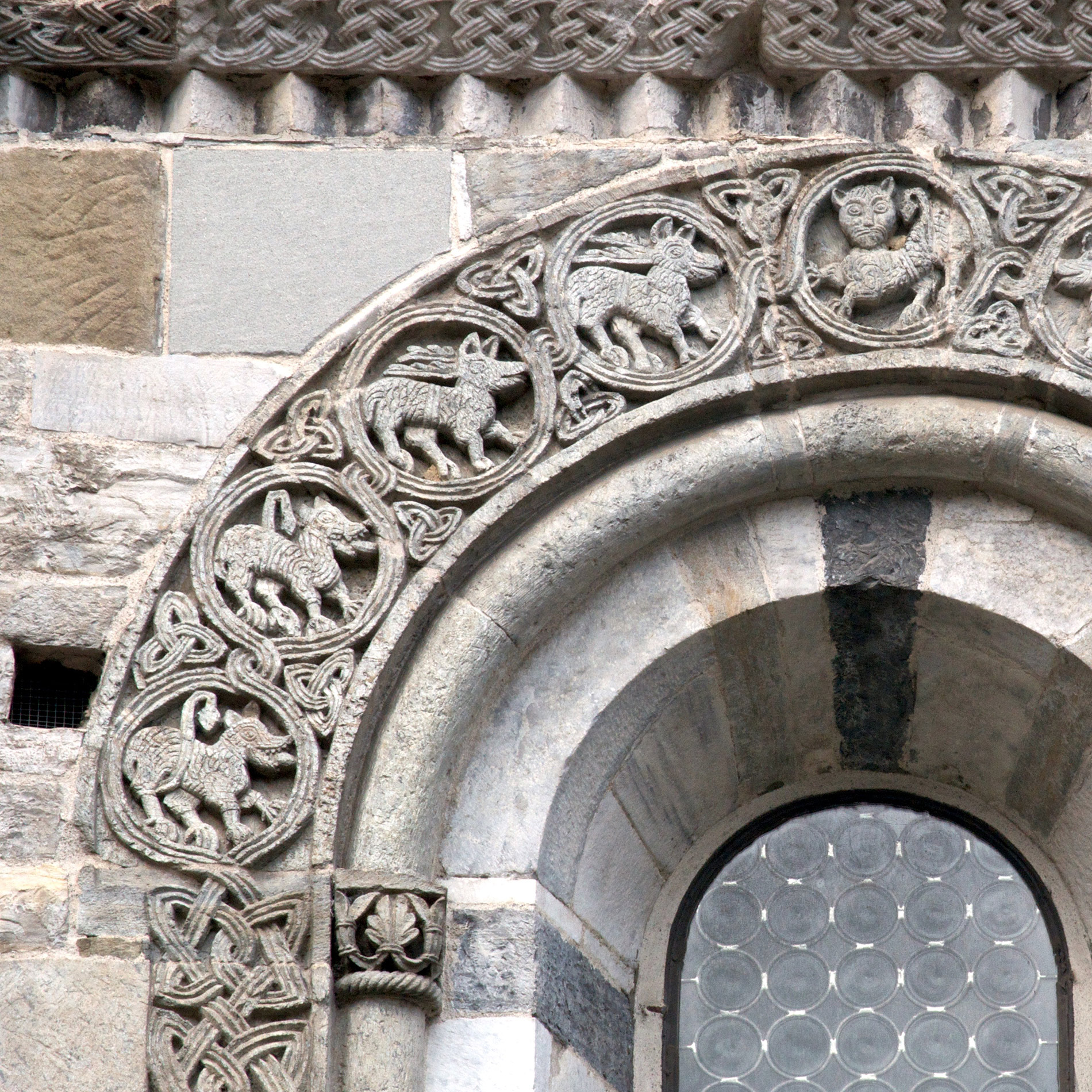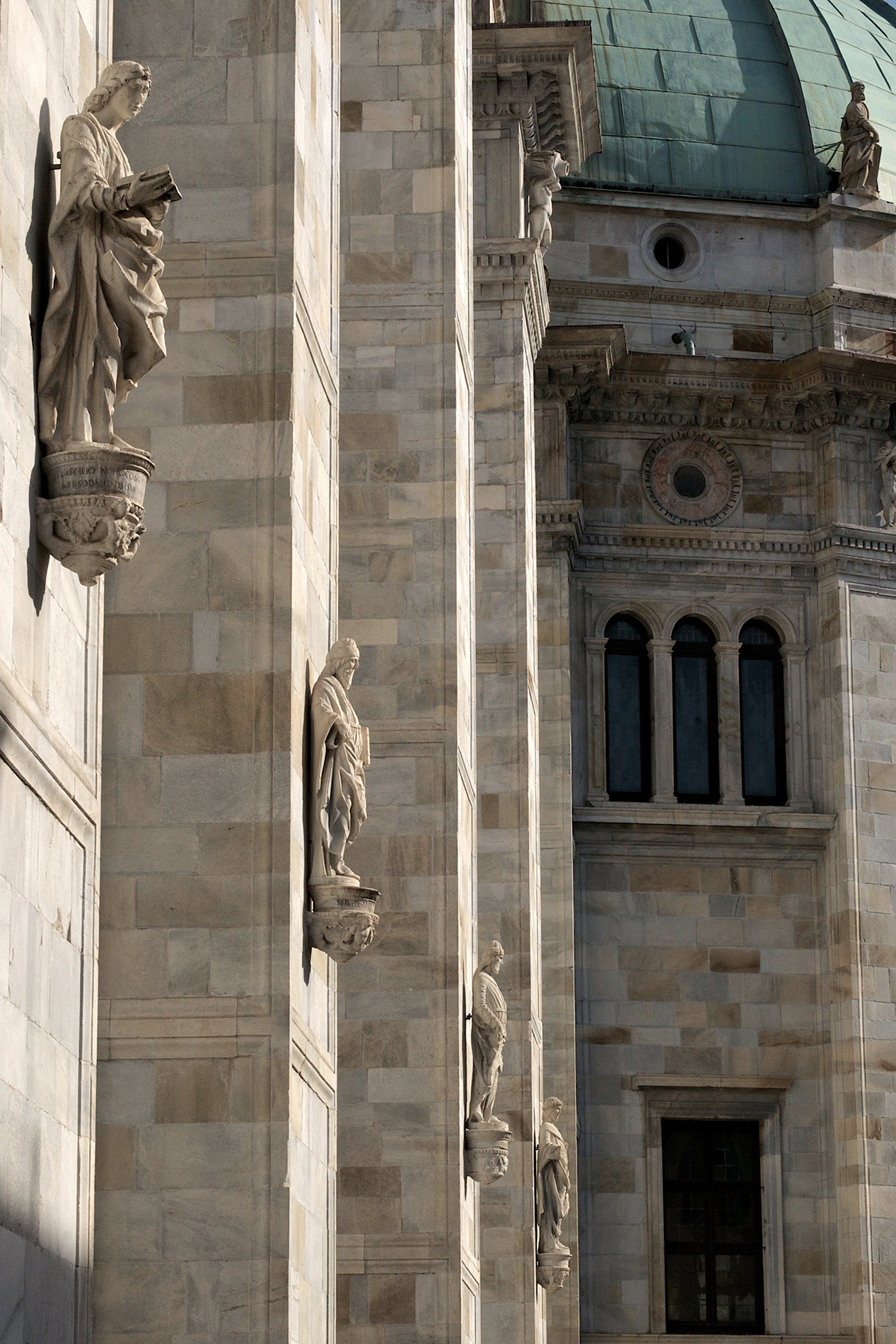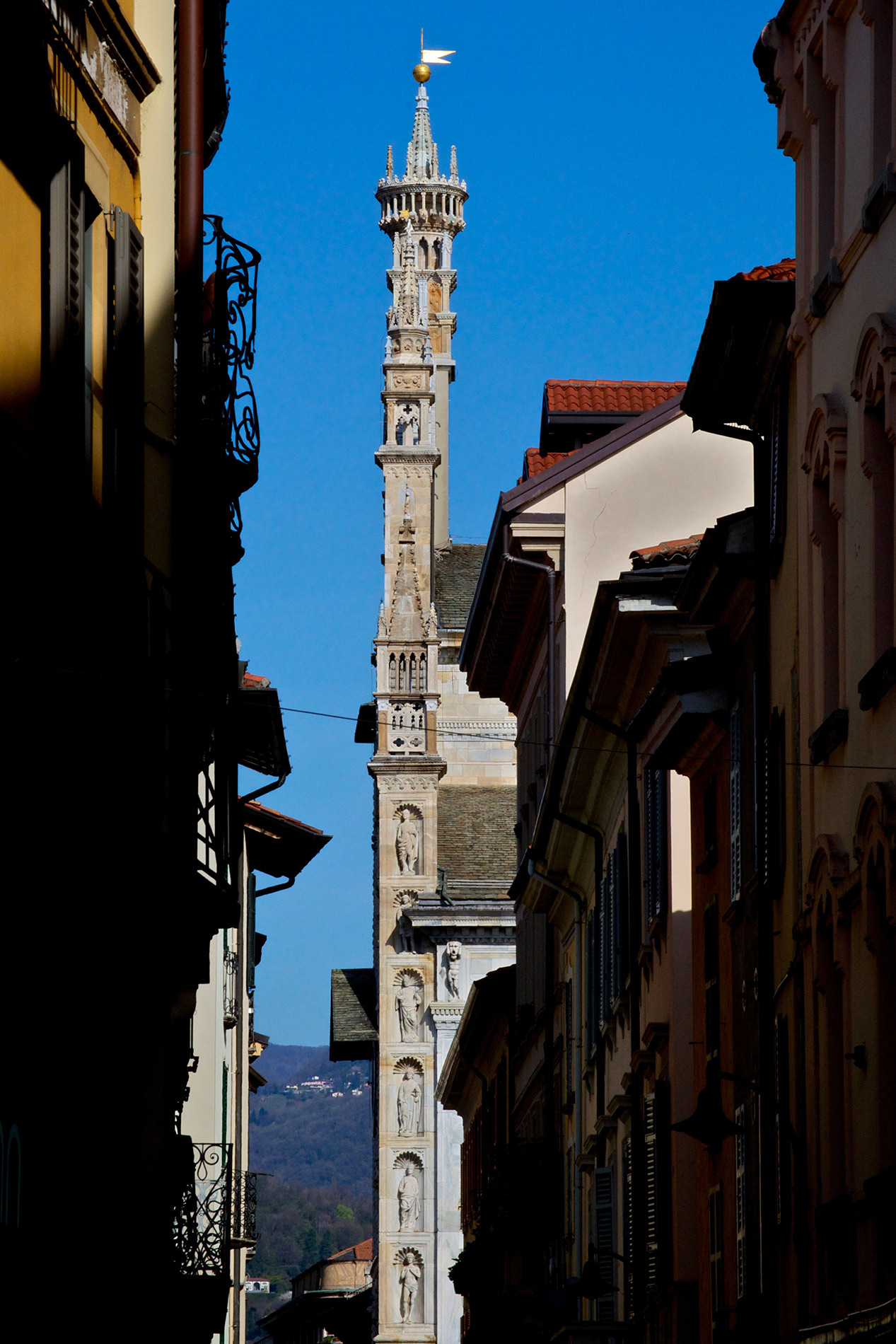The Origin Story Of The Maestri Comacini

It was the dawn of the second millennium, and many believed the end of the world was at hand. All the same, Europe was “cladding itself everywhere in a white mantle of churches,” recounted Rodolfus Glaber, one of the most celebrated chroniclers in the Middle Ages

Few clad themselves as magnificently as Como province, which boasts several extraordinary masterpieces, pinnacles of Romanesque architecture and art that are themselves reason enough for the journey. It is precisely here in our province and in the valleys surrounding the Grand Hotel Tremezzo that Como’s celebrated master craftsmen were born. Known as the Maestri Comacini, they pioneered a movement that from the 8th to the 17th century represented one of the most prolific periods of Italian culture, the influence of which spread from our beloved hills to every major capital of Europe. We talk about these treasures with Marco Carminati, art historian, journalist and editor of Italy’s first and foremost cultural supplement in the Sunday edition of Il Sole 24 Ore.

Como and the Maestri Comacini, how did it all begin?
Marco Carminati: It originates with the very name comacini, which means both “from Como” and “cu machinis”, or using machinery, referring to the ropes, winches and pulley systems that these skilled craftsmen had already been using since the Lombard period in the 8th century, and which they had gleaned from the great architectural traditions of Ancient Rome. Let us not forget that Pliny the Elder, the author of Naturalis Historia, the most important encyclopedia of the ancient world, was born in Como in 23 AD, and let us not forget that the 36th volume of his compendium of knowledge was devoted to stone in all its facets. Como and environs were extremely rich in stone quarries, which is why the Maestri Comacini excelled in stone carving and also why Rodolfus Glaber refers to a “white mantle of churches”. These buildings were in fact made of stone, a material much brighter than the bricks used to construct conventional buildings.
If you had just one day to visit the architectural highlights of the era, which would you choose?
M.C. I would start with the marvels of Como town - Sant’Abbondio, San Fedele and the Duomo, then move on to Tremezzo to the churches of San Giacomo and of Santa Maria Maddalena in Ossuccio. Then, hop in a boat for Isola Comacina, where we admire the church of San Giovanni, and finish up in Gravedona with the rare beauty of the church of Santa Maria del Tiglio. It would be like travelling through time.

Despite the fall of the Roman Empire, the knowledge and expertise from antiquity somehow endured. When did it ultimately resurface?
M.C. With the collapse of the Roman empire, the totality of technical expertise – think of the majesty of the Pantheon and the Colosseum – appeared to be lost, but there were a few artisans who kept it alive at the local level. The knowledge once again resurfaced when the Langobardi arrived in Italy on a wave of barbarian invasions. These fierce warriors got their name from the long spear, or “longo barda”, they typically wielded, which distinguished them from the Romans. The Langobardi quickly converted to Christianity and commissioned a number of buildings – many to be built by the Maestri Comacini. In fact, the term “comacino” first appears in two Lombard texts: The Edict of King Rothari in 643 and King Liutprand’s revision of the same in the 8th century. In fact, the latter text even includes a catalog of the craftsmen’s services complete with a price for each task. Picture entire teams of these craftsmen at work for the Langobard Kings, and later generations carving the stone sculptures on the portal of San Fedele or painting the spectacular frescoes of Sant’Abbondio (Editor’s note: we plan to devote an entire article to these soon!) or the rooms in the church of Santa Maria Maddalena, where 11th-century pilgrims travelling the Via Regina found refuge. Picture them squaring, by hand of course, the stones that went into the striped façade of Santa Maria del Tiglio. These stones, as we mentioned earlier, that come from quarries in the area from the famous white marble of Musso to the black stone of Olcio.
Do the history books mention any of the Maestri Comacini by name?
M.C. They do! We even have historical records of an entire family of craftsmen. To find out more, we must return to Como city and head for the cathedral. A treasure hunt of sorts leads us to the façade, where we see the name Rodari carved into one of the marble slabs. The Rodaris were one of the most important families of craftsmen, comprising the father Giovanni and his four sons, the most famous of whom were Giacomo and Tommaso. The sculptors of the Rodari family worked on the cathedral façade at the turn of the 16th century. In those very prolific years of Italian art history, the craft traditions of the Maestri Comacini evolved in the style of the Renaissance. Taking another look at the Cathedral façade, we note that the traditional protagonists of the Christian church, such as the Virgin Mary and the saints, look more like characters from classical antiquity. Make no mistake, these are not chosen at random – on either side of the cathedral’s main portal, we find statues of Pliny the Elder and his grandson Pliny the Younger, almost as if these two scholars from the ancient world were the city’s true patrons.
Let’s return to the year 1000 AD. How did the Maestri ply their trades?
M.C. The Maestri Comacini really embodied the concept of “saper fare”, or know-how, and understood the benefits of interdisciplinary collaboration. Each team comprised all of the experts needed to construct and decorate an entire building. There were architects, sculptors, stonemasons, carpenters, plasterers, painters. And from the time they appeared on the scene until many centuries later, the Maestri Comacini took their artistry from Como province all the way to northern Europe, building churches and palaces for all of the major noble families as “turnkey” solutions - from the foundations right through to the decorative finishes.
What changed during the Renaissance?
M.C. During the Renaissance, the ideas of classical antiquity merged with Christian culture to form a single doctrine, as we see here in the cathedral, with monuments dedicated to the entirety of human knowledge, not just the sacred texts.



